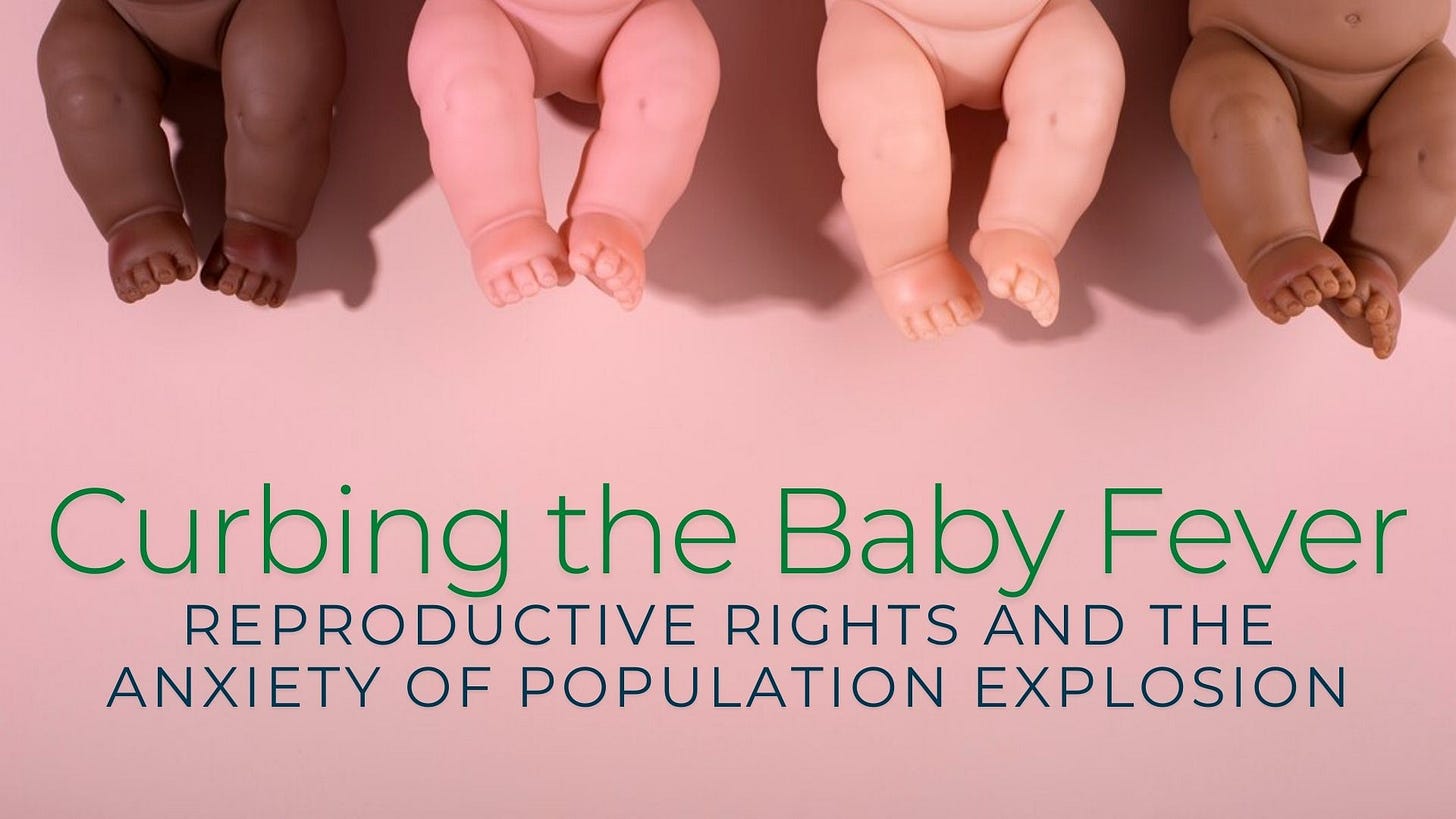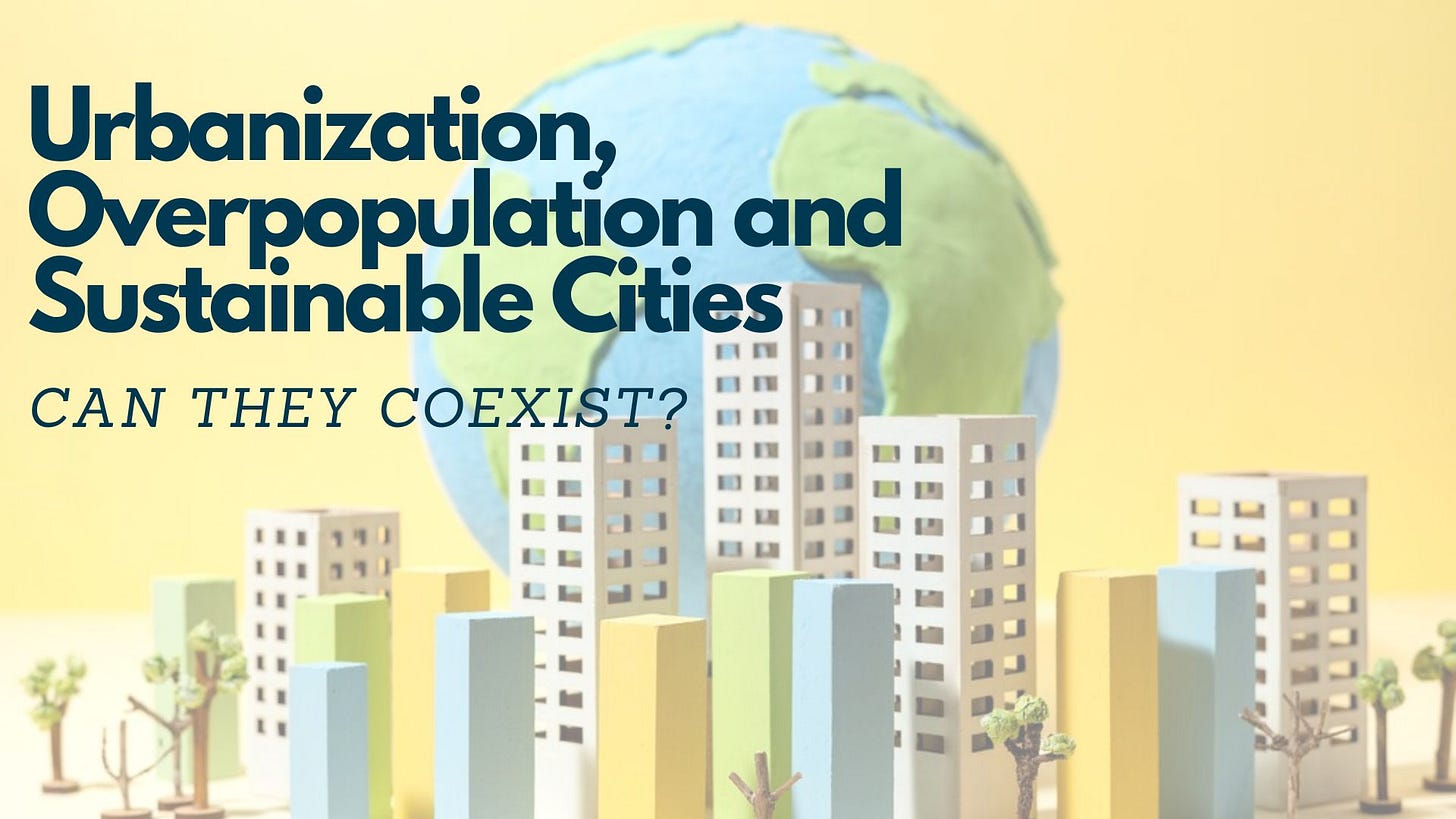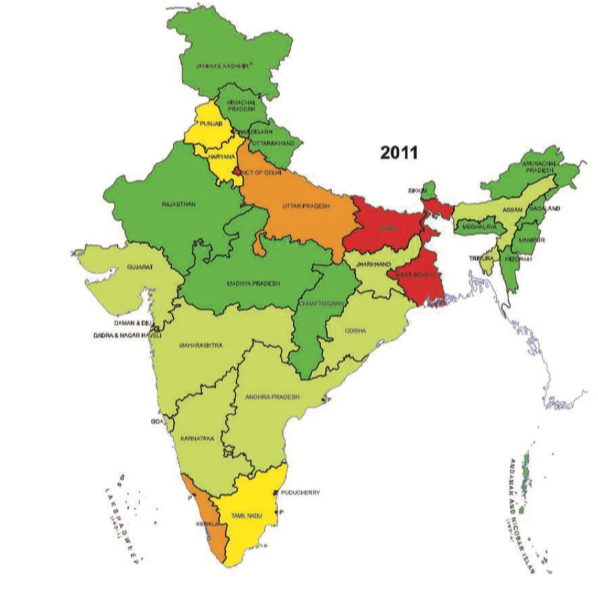🪔🪔 Happy Diwali and a prosperous New Year! 🪔🪔
Wishing you a Diwali filled with joy, prosperity, and the warmth of togetherness. As we celebrate the festival of lights, may it bring new beginnings, bright opportunities, and the spark of success to you and your loved ones. Thank you for your trust and collaboration; we look forward to continuing this journey together in the coming year.
Dear NuSocia Patrons,
India’s population has long been a subject of both fascination and concern in global discussions. From doomsday predictions in the 1960s about India’s population “explosion” to recent narratives of a nation burdened by its sheer size, the myth of an uncontrollable population growth persists. However, recent data and analyses reveal a more nuanced picture that challenges this outdated narrative.
The population explosion story is overdue for a rewrite. In this edition, we explore the reality behind India's population numbers, its burdens and opportunities. Learn how reframing this narrative can drive changes that benefit everyone.
Reality Behind the Overpopulation Narrative
According to data from India’s National Family Health Survey (NFHS), the fertility rate—the average number of children born to a woman—has declined sharply from 5.9 in the 1950s to 2.0 in recent years, below the replacement rate of 2.1. In essence, India’s population growth is stabilizing, a fact often overlooked in the oversimplified “population explosion” myth.
In this article, the NuSocia Translational Research Center (NTRC) has analyzed the truths and myths behind the overpopulation narrative.
Curbing the Baby Fever: Reproductive Rights and the Anxiety of Population Explosion
The myth of overpopulation has often led to counterproductive policies and initiatives. Different genders in different times have borne the brunt of this anxiety. This anxiety is yet again around the symptom and the consequence but not the cause.
In this article, we explore how shifting the narrative to population stabilization can help promote policies that are centered on human development, empowerment, and informed choice rather than control.
Urbanization, Overpopulation and Sustainable Cities: Can They Coexist?
Urban areas face challenges in accommodating growing populations due to inadequate infrastructure, housing, and environmental pressures. While population size certainly plays a role, issues like water scarcity, air pollution, and waste management are exacerbated by poor planning and inefficient resource use, not solely by population numbers.
In this article, we highlight successful examples and tailored solutions that focus on sustainable urban development to address these challenges.
#NuSociaPicks
Countries with big (and small) population problems
Falling fertility rates mean nearly every country could have shrinking populations by the end of the century. BBC looks at seven countries facing some of the most dramatic population changes and the measures they are taking to combat them.
Population Dynamics: Distribution, Density & Growth
With India accommodating 17.5% of global inhabitants on a mere 2.4% of the world’s terrain, the dramatic interplay between geography and demography becomes evident. This intricate study, spanning distribution, density, and growth, deciphers not just the current socio-economic state, but also potential trajectories.








